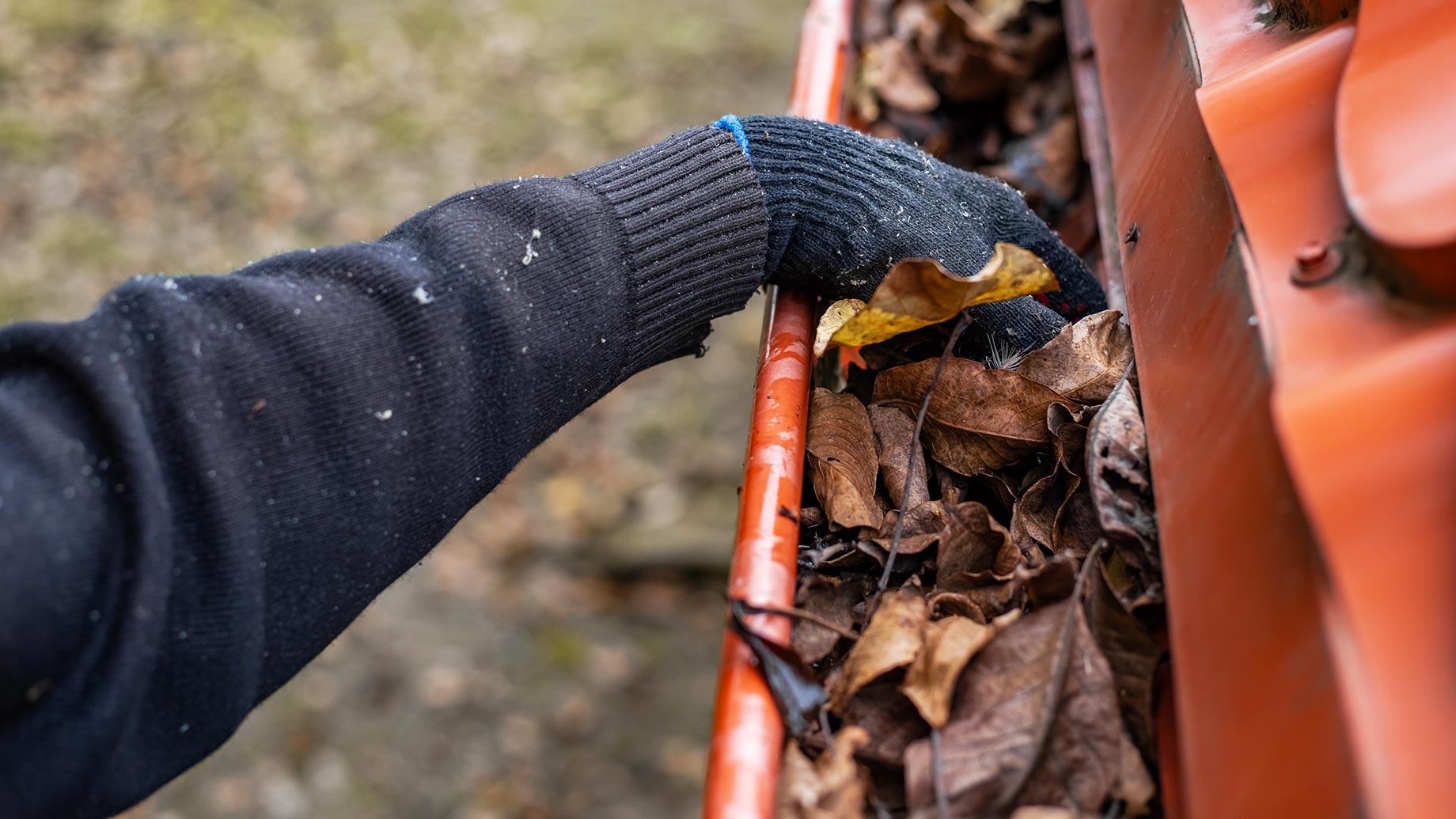
No matter how luxurious your home is or how large the square footage, the odds are that you take the gutters for granted. But you’ll notice them in a hurry if they fail.
Gutters, which are part of your home’s roofing system, work behind the scenes to protect your roof, siding, and foundation from rain so that water problems don’t rear their ugly heads. Since gutters tend to be out of sight and out of mind, you might not notice them doing their jobs in the background…until there are can’t-miss issues.
If your gutters are clogged, damaged, or beginning to detach from your house, you should contact a reputable roofing company immediately. The earlier you attend to it, the less likely you’ll see water intrusion, foundation issues, and structural problems.
Here are five indications your gutters are crying out for help—and why you should do something about it without delay so you won’t have to spend a whole lot more later.
1. Water Spilling Over the Sides
One obvious indication that your gutters aren’t doing their job is when they overflow. Water should flow through the downspouts properly. So, if water overflows during heavy downpours, you shouldn’t overlook the problem.
The issue is often the result of clogs—leaves, sticks, debris, or even birds’ nests can impede water flow. But it can also indicate that the gutters are incorrectly angled or damaged.
Dragging your feet on the issue could lead to overflows into your basement or damage to your fascia boards. Since an ounce of prevention is worth a pound of cure, clean your gutters every spring or fall. It’s also worth installing gutter guards to protect the gutters.
2. Sagging or Pulling Away From the Roofline
The gutters should be right up against your roof line. When sections start sagging or pulling away, the structural integrity of your gutters will be compromised.
This often occurs when gutters contain wet leaves, standing water, or ice during the winter. Failing to keep the gutters clear of the aforementioned will put extra stress on the system, loosen the fasteners, or warp the hangers.
After gutters start to sag, they no longer drain effectively. The issue will worsen the longer you take to get it fixed. For mild sagging, new hangers or brackets might suffice. Where sections have cracked or curled, replacement is often the preferred option.
3. Rust, Cracks, or Holes Developing Along the Gutters
Time and weather will eventually erode even the highest quality materials. These deficiencies may look harmless on the surface—but even a single fault provides a means of entry for water to seep out, flow along walls, and pool around the foundation.
Small leaks can morph into big leaks quickly. That can cause everything from peeling paint to rotting wood.
Fine cracks sometimes can be concealed using a water-resistant patching compound or gutter sealant. Yet if corrosion is severe, replacement is likely the way to go.
4. Pooling Water or Erosion Close to the Foundation
Your gutters and downspouts have one job: directing water away from your home’s base. When that doesn’t happen, you’ll see puddles forming near the foundation after heavy rain—or worse, evidence of soil erosion.
If you see such issues, the cause could be gutters that are misaligned or clogged. It’s also possible that your downspouts aren’t extended far enough. And it might also signal an issue with your grading, where the ground no longer slopes away from your home.
Foundation repairs are expensive. It’s less expensive to fix or replace your gutters.
5. Black Spots, Green Stains, or Loose Paint on Siding and Soffits
Any black spots, green stains, or loose paint on the outside of your home can be a sign that your gutters are clogged or leaking. Dripping water can saturate your siding, soffits, and trim—just what mold, mildew, and rot need to grow.
Worst of all, the same water may enter the attic space or insulation and cause unhealthy indoor conditions and structural issues that may not be discovered until there’s costly damage. When you detect trouble, take care of it sooner rather than later.
When your gutters are in trouble, the time to do something about it is right away. Overflowing, sagging, leaking, or staining are some signs your gutters need help. Waiting too long to do something about it can make a bad situation worse.